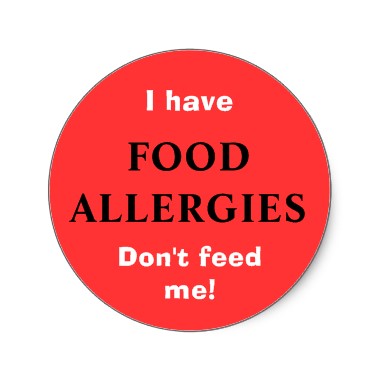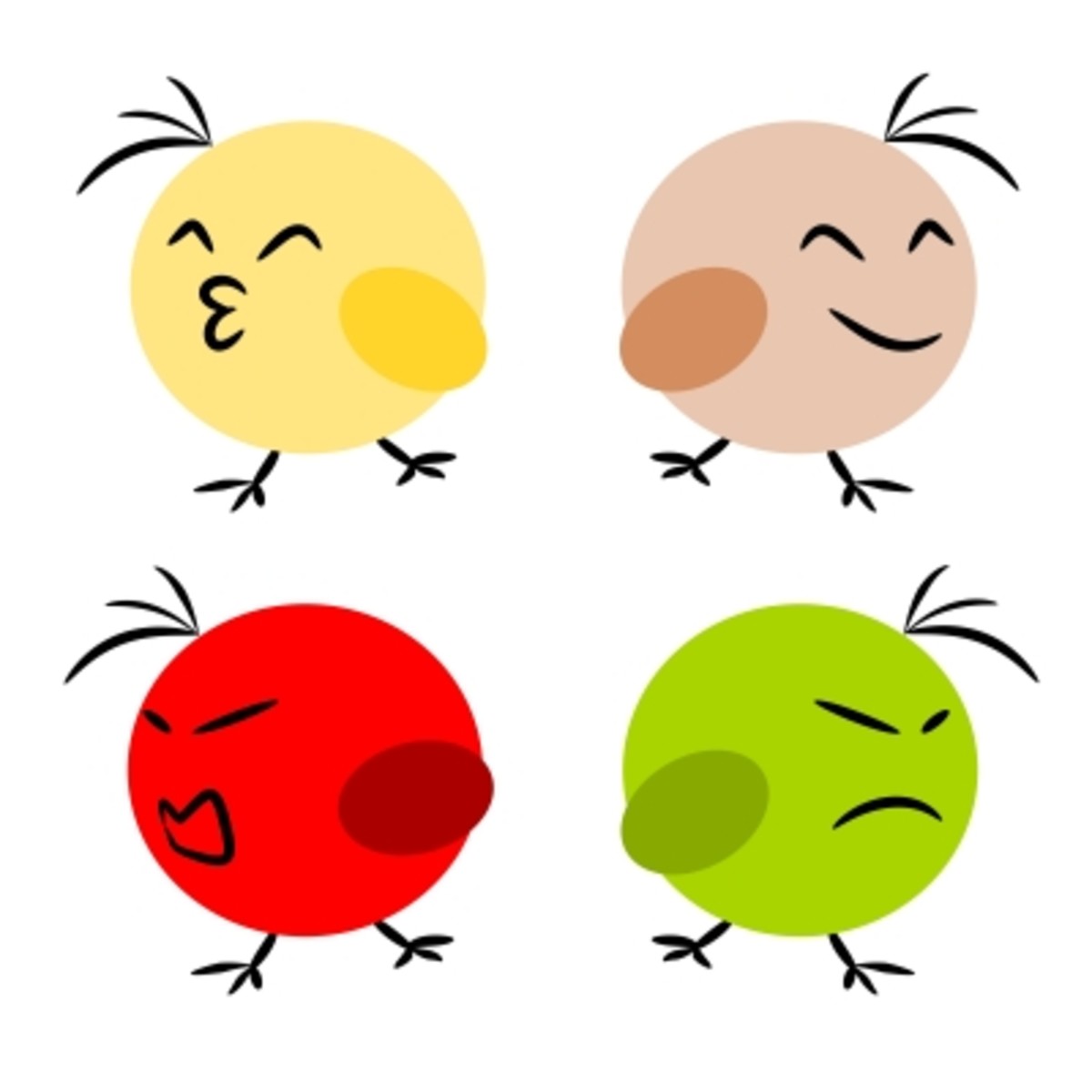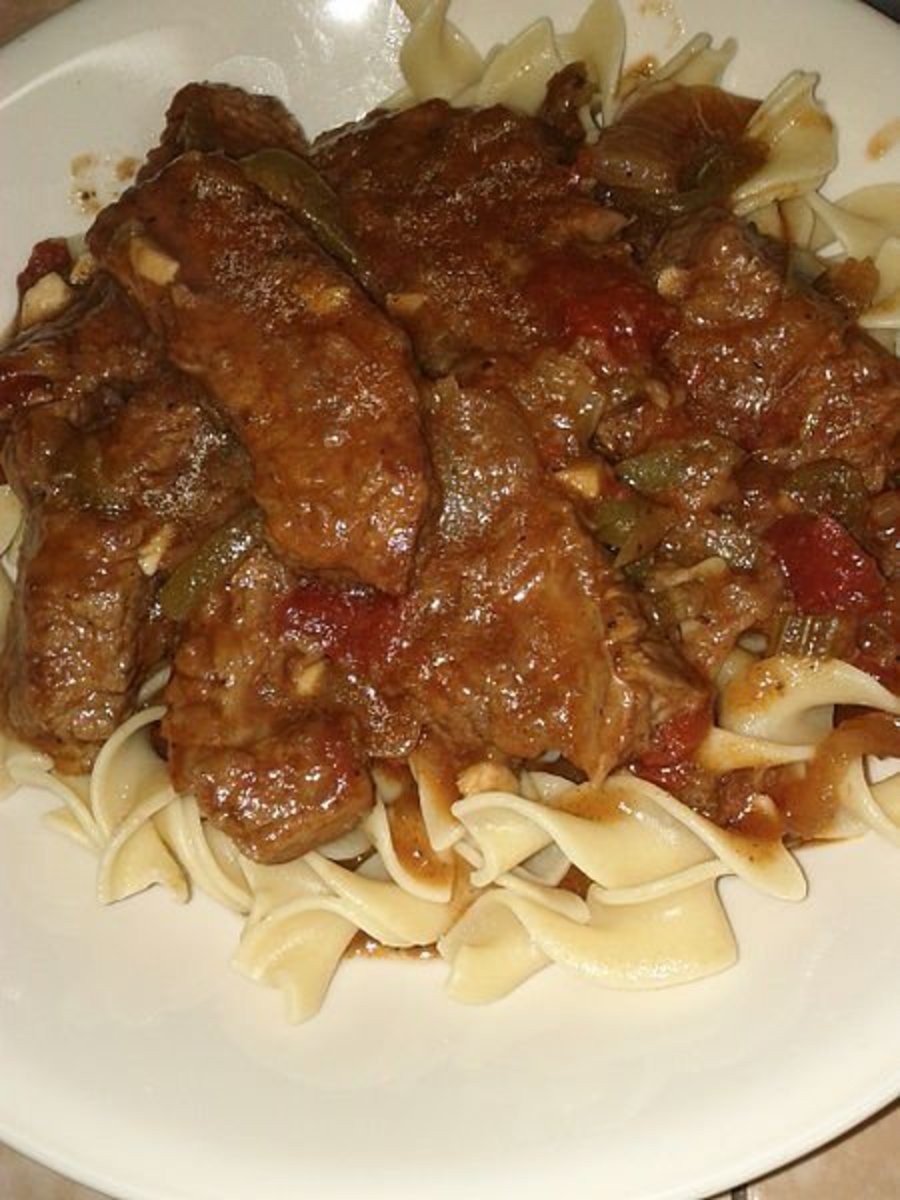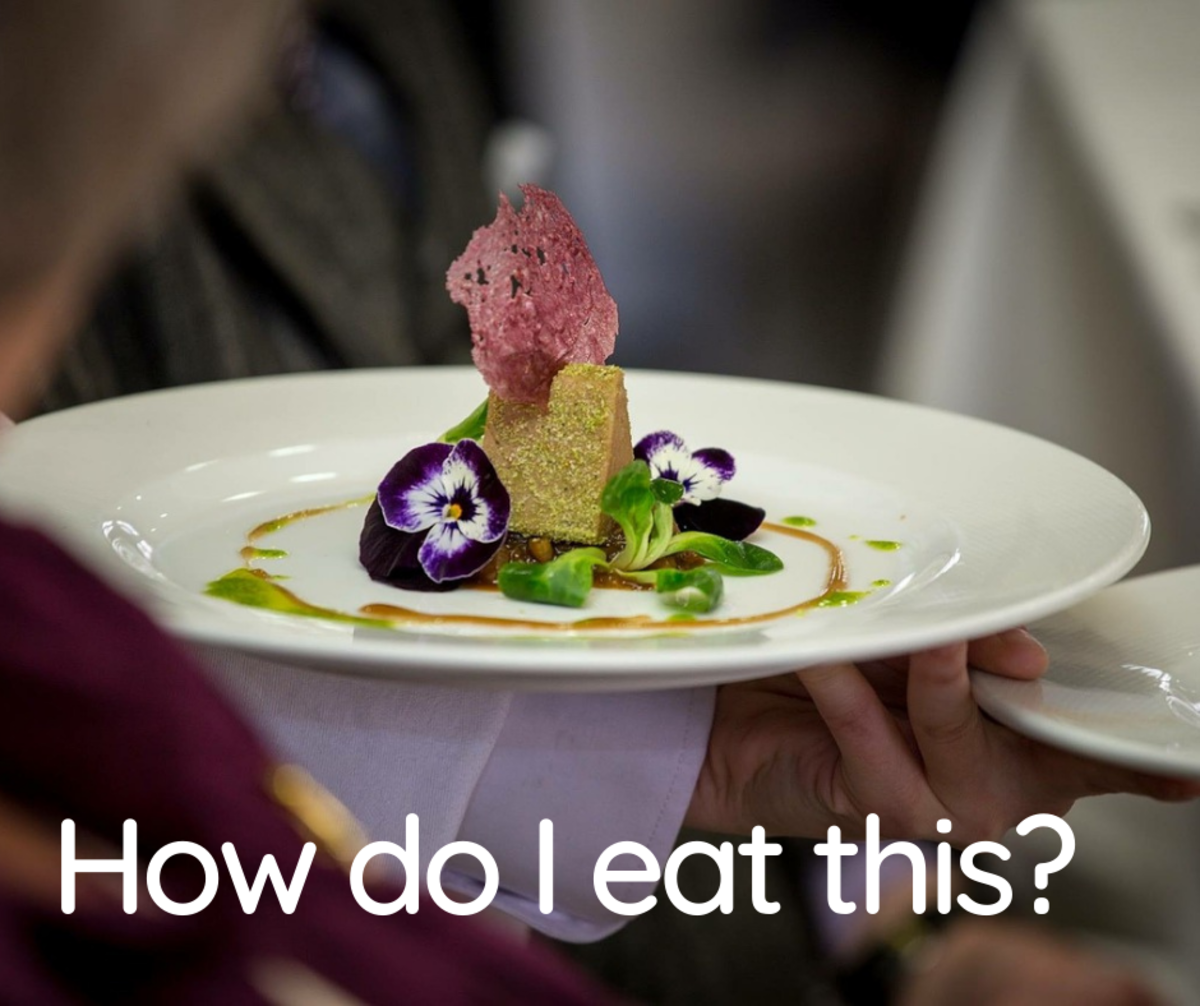Keeping Kids Safe...With Food Allergies

Most parents worry when they send their kids off to school that first day. They give them a hug and a kiss, they wave and call "I love you," and they put on a brave front. But after a few days, most parents feel pretty confident that their kids are in a safe place. They have good teachers, a nice bus driver, and decent friends.
Parents of food allergic kids aren't quite so lucky. It only takes one reaction to take the word "safe" out of a parent's vocabulary. It usually happens on a busy day, when you're going through your everyday motions. Maybe the child is in a high chair, maybe they're old enough to sit at a table. It might be the first time they've had a peanut butter sandwich or a glass of milk, or it might be the hundredth time you've set that same bowl of cereal in front of them and turned to stack the dishwasher or answer the phone.
But that one day is suddenly seared into your brain. Instead of finishing off the dish, as your child usually does, there's a complaint. Maybe it's a scratchy throat. Maybe they say the food tastes 'spicy' or 'is too hot'. Maybe they just get cranky. Whatever starts the warning bells, they begin. And then...and then there's a rash. Or projectile vomiting. Or wheezing. The symptoms of anaphylaxis are varied, but undeniably, there's something seriously wrong with your child.
The next thing you know, you're sitting in the waiting room of your local hospital's emergency room, with a prescription for epinephrine in your hand and instructions to avoid all top allergens until your (new) pediatric allergist has a chance to confirm the allergy. And your world turns upside down.
For parents of kids with food allergies, meal time is a danger time. Playdates, preschool, even story time at the library are fraught with dangers. Every piece of candy, every birthday party invitation invokes that image of your child, gasping for breath. Dwarfed in a sea of tubes and tape and blinking lights.
Eventually, you get a handle on the food situation. But school...school is different.
When you send your food allergic child to school, you aren't just trusting the teachers and school personnel with your child, you're entrusting them with your child's very life. It's different in ways you hope, I hope, that other parents can never fully understand.
What do Food Allergies Have to do With School?
Many people view schools as isolated institutions of learning. They don't think of food allergies as even being relevant to a child's school career. After all, kids go to school to learn. Not to eat. Send the kid an allergen free lunch from home, and they'll be fine.
These people don't realize what school have become. In today's world, many school children arrive at school before they've even had breakfast. Some schools offer a breakfast option. And in impoverished areas, many children qualify for a free breakfast as well as a free lunch. Children are required to be in school for a full 6 hour day. They have breaks for recess and lunch, but these breaks are supervised. School kids eat in close quarters with their peers. Sandwich crumbs fly, milk gets spilled, cookies are swapped. It's a food allergy nightmare.
And then there is the curriculum. Teachers work hard to make school fun and engaging. They don't just want robot pupils, they want thinking, caring kids in their classrooms. And they want to have a little fun too. Social studies units often involve a presentation on cultural foods, science class includes taste tests, math units are peppered with work sheets that require the use of candies or cereal. These food units can fly under the teacher's radar as 'danger zones'; because they are already an intrinsic part of the lesson plan or because they think of the foods involved as negligible. Unless parents have already seen a child or two go through the school system, they don't think to ask whether the Thanksgiving unit will include a clam chowder taste test. (Some do)
Then there are the parties. Many individuals may not remember this about elementary school. But these days, parents like to make a party out of every opportunity. And if it isn't a party, there are food incentives. Some the teacher has direct control over. Others, the teacher may be clueless about. Like the librarian handing out mints to the kids who finish checking out first. Or the PE teacher who passes out popsicles after a mile long run. Or the substitute who wants to spice up the day by bringing cookies to share.
There are a lot of food events that take place during school hours. And many of them are not on the schedule, and are not something a food allergic kid's parents are warned of in advance.
The Top 8 Allergies Are...
Kids (and grown ups) can develop an allergic reaction to just about any product, from apples to zuchini, beef to xanthan gum. But there are just 8 foods that are responsible for the vast majority of potentially life threatening reactions. Those foods are:
- Soy
- Milk products
- Eggs
- Peanuts
- Tree nuts (almonds, brazil nuts, walnuts)
- Shell fish
- Wheat
- Fin fish
Sesame, corn, and citrus are also increasingly common allergens. Gluten is the protein found in wheat, rye and barley and can cause a condition known as Celiac Disease. Kids with Celiac Disease need to avoid all foods containing gluten, even though it isn't technically an allergic reaction.
You Can't Lock Them in a Bubble...
As tempting as it might be, you can't lock your food allergic kid in a bubble. They are going to have to go out and interact with the rest of the milk drinking, nut eating, egg and soy and shellfish filled world. Although some schools strive to make their campuses nut free, the real responsibility for keeping kids with food allergies safe falls to the kids themselves.
That's right. The 6 year old with a soy allergy? She's the one responsible for saying no when you offer her half a sandwich, or a soy-flour enhanced cookie, or a piece of candy (with soy lecithin). The 7 year old with a nut allergy is responsible for standing up and walking away if his peanut butter sandwich eating friends start getting sloppy. The five year old with a milk allergy will need to double check the ingredients of anything they might ingest...and any art project material their teacher brings out...even before they are able to read.
It's no wonder parents of food allergic kids are accused of being paranoid. They know the dangers the world holds. They know that their kids, however well they try to prepare them, are still in danger. And they know that each time the phone rings during a school day or a play date, it could be someone calling to tell them their child is en route to the local hospital.
Teaching Kids to Read Ingredients
Older kids can be taught to read packages for ingredients. They need to be mature enough to understand cross contamination issues. (If crackers are sitting on a plate with cheese, but don't contain any dairy products, then they are still unsafe even after pulled off the platter.)
Be careful trying to teach younger kids to read ingredients. They may miss cross contamination issues. They also tend to be more trusting. A young child who is asked what they are avoiding might be reassured something doesn't have any milk, or nuts, or soy by a well meaning adult who doesn't know how to read the box for allergen information. It's remarkable how many parents will look at a box of animal crackers and say there's no wheat in them. Or soy, because they're sweet. Or nuts, because they tasted them and didn't come into contact with a peanut.
It's much safer to have children with anaphylactic allergies ask if their parents have okayed any food they consider consuming. And to have parents proactively monitor ingredients, and provide safe snacks.
But What Can You Do???
You can't live your life reacting to situations. When it comes to food allergies, a parent needs to prepare their kids to live in the real world...the real, scary, big world where food allergies aren't going to be the center of anyone else's life.
That means, the first step parents need to take is to recognize that accidents happen. Their job is not to completely eliminate the risk of their child being exposed to an allergen. Their job is to turn kids into critical thinkers who can protect themselves.
- Speak Up. Many parents teach their kids to ask if food is safe. This isn't nearly good enough. Put yourself in the place of a non-allergy savvy mom faced with a cute little 4 year old who holds up a cookie and asks "Excuse me, is this safe for me to eat?" What would you say? Uh, huh. Instead, kids need to say to all caregivers "Did my mom send this?" and "Did my mom or dad read the ingredients first? I have allergies."
- Label them. Label your kids food. Label your kids, too. For big social events, you might consider allergy friendly t shirts that state "I'm allergic to nuts!" or "Don't feed me!". There are stickers and pins that warn friendly feeders away. And you can purchase bracelets that are engraved with your children's allergens. Although many people skip this step, it's an easy way for your child to communicate with a little more forcefulness. A kid who says "I can't eat nuts," doesn't get taken nearly as seriously as the kid who says "I can't eat nuts," and flips over a medic alert bracelet stating "Nut allergy. Carries epi pen."
- Keep the epi pen handy, and teach your kids how it works. No one wants to scare kids. But, in an emergency, they're going to need to know when and how to use that epi pen. Don't just teach the kid with an allergy. Teach your older children and let them practice with outdated epi pens and an orange.
- Teach your kids how to identify an emergency. We all say "In an emergency..." but kids have no reference point. "Have the school nurse call me if..." is a good way to start. And don't make using an epi pen contingent on school staff. Adults are notorious for thinking they can handle an allergic reaction, and then waiting longer than they should. Make sure kids know they will never get in trouble for demanding a phone call home. You'd rather get a call about a throat that turns out to be scratchy from too much screaming than have kids wait until they can't breathe because they don't want to bother anyone.
- Accidents happen. Your food allergic kids need to know that everyone makes a mistake sometimes. If they unthinkingly accept a piece of candy on the playground; they need to immediately let you know and track down the ingredients. They also need to feel safe confiding their error. Kids don't want to make mistakes. They don't want you to be mad at them. And they'll try very hard to hide any errors, or come up with a story that puts themselves int he best light. When it comes to food allergies, it doesn't matter how or why the exposure happened. What matters is that appropriate action is taken in a timely manner. After the child is safe; use the incident as a learning experience. Ask what could happen differently.
- Remove temptation. It's hard to say no to a piece of cake or candy when you're hungry. So make alternative choices available. This means a treat box in the classroom stocked with chips, candy, crackers, and/or cookies. It's also a good idea to let your child know that if they end up left out of a party, they will get a better reward later on. A trip to a safe ice cream parlor (maybe with a friend), a movie night, pizza for dinner...whatever works as super-cool leverage. They can learn delayed gratification as well as how to say 'no' to peer pressure by looking forward to something just as good, if not better, rather than just reminding themselves of potential negative consequences.
- Be matter of fact. Food allergies suck. But everyone has something that makes their lives different, more difficult to manage. Treat the food allergies as a matter of fact way of life, and your child will accept them, rather than looking for ways to get around them.
The Power of Praise...and Commiseration
Kids respond best to positive reinforcement, not just when you're trying to get them to clean their room but in all aspects of life. Kids with food allergies want to be healthy, so you can capitalize on that by reinforcing safe habits.
But they also tend to feel left out some of the time. According to my gluten free daughter, it's a lot easier to feel left out of a class party when the teacher stops by her desk and quietly says "I'm sorry you couldn't participate this time, next time I'll talk to your mom and see if we can choose something safe for you to eat, too."
We all want to feel included. And if we can't be, at least we want to be acknowledged, and have our feelings validated. It's easy to be ashamed of your differences when you're a kid. As a food allergic child's parents, the challenge is not just to keep them safe, but to make them confident that their needs are respected, that they are valued, and that they can live well and succeed regardless of their allergies.








